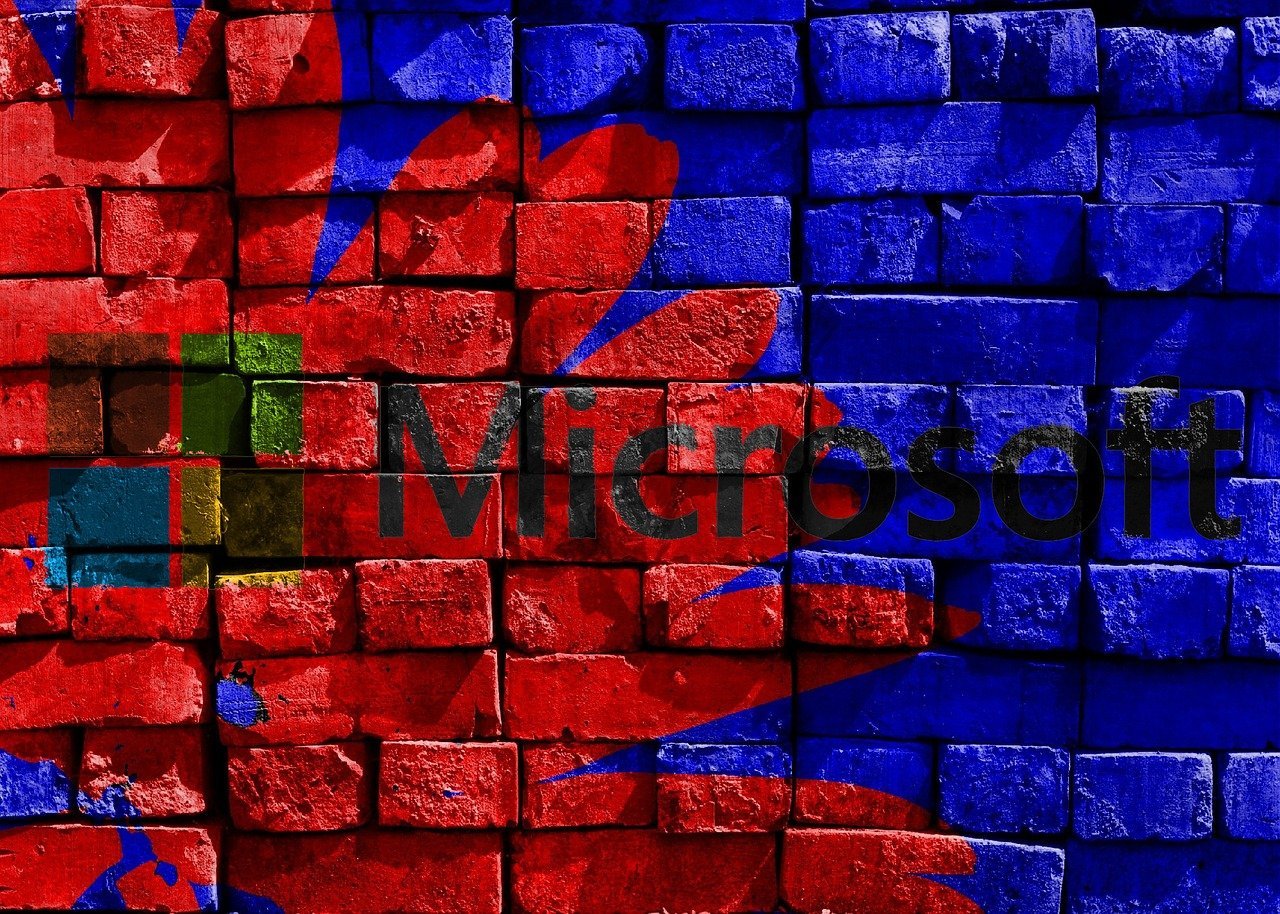
In today’s hybrid work environment, businesses rely heavily on Microsoft Teams for seamless communication and collaboration. To ensure high-quality video calls, smooth...
As you might know from maintaining your business operations, computer needs are vastly different in personal versus enterprise applications. If you’re a Windows user, this distinction is important as you transition from personal needs to corporate-level tech decisions.
When it comes to Windows, Microsoft offers the basic personal operating system, but it also releases a server operating system that allows companies to scale. This suite of programs and platforms is known as Windows Server.
In this post, we’ll share a high-level overview of what Windows Server is, what you need to know about using it for business purposes, and how you can install it.
Windows Server is the broad brand name that encompasses a group of server operating systems. In comparison to the consumer-facing Windows versions, Windows Server is geared towards businesses and enterprise organizations that need to deploy a variety of IT platforms and network services.
Windows Server is specifically developed for use on a powerful server. It includes enterprise management tools and software that streamline corporate workflow processes. Depending on which business setting Windows Server is deployed on, the tools may include:
The first version of Windows Server was originally released in 2003. Microsoft has continuously updated and released new versions which correspond to the consumer-facing Windows programs. Although the two iterations share a similar code base, they have completely different use cases.
The latest version of Windows Server to be released is Windows Server 2022. This version builds on language capabilities, remote functionality, and improved management through Windows Admin Center.
For those interested in piloting new versions, the Windows Insider Program is designed to pilot, test, and preview the software for experienced server users.
Windows Server installation is a straightforward process, although you’ll want to be sure to customize your server program based on specific needs. The steps below highlight the general process to get Windows Server up and running on your local server.
If you need assistance, don’t forget to check out the in-depth Windows Server communities, the Windows Server blog, or your IT management services provider of choice.
Using the Windows Setup installer, begin the installation. You’ll first be asked to set your language and keyboard preferences. Once you’ve chosen, click Install Now.
As the installer loads, you’ll be asked to sign off and acknowledge the licensure requirements and terms of service. Take time to read these terms carefully and understand how they may impact your corporate use of the server software.
Windows Server allows you to distinguish between a first installation and an update to a newer version. Choose which option most applies to your needs, and click to the next step.
As the installer finishes (typically after a reboot), you’ll be prompted to enter an admin username and password. Complete the installation, and then log in again using your credentials. Confirm Windows Server details by navigating to your Settings and going to Local Server information.
Lastly, you should install the latest version of Windows Terminal. Once these steps are complete, you will have successfully installed Windows Server to your physical or virtual server environment. After installation, you can configure your setup based on specific preferences, needs, and IT standards.
Professional IT management and server support can take the stress out of new server installation projects. This is especially helpful if you:
Because servers are powerful mechanisms, it’s always wise to have someone on board who understands their complexities.
Failure to install server programs comprehensively may expose your company’s systems to unnecessary security vulnerabilities and threats.
MicroTech Systems can serve your small or midsize business in all stages of growth. As your needs evolve over time, our IT management team is here to help you be proactive.
MicroTech’s Windows Server Management eases the burden of migrating to a Windows Server or updating to the latest version. Our team of technicians will also help facilitate round-the-clock server maintenance and guidance as you get established on the Windows platform.
These tasks are accomplished with transparency in mind so that you always know what’s happening with your server strategy.
Professional IT and server maintenance services can free up your time so that your team can focus on other crucial business goals. In a highly competitive marketplace, you don’t want to fall behind when it comes to keeping your server setup as efficient as possible.
For maximum assurance with security, data storage, connectivity, and communication, choose a Windows server management system that provides peace of mind and ease of use.
Reach out to MicroTech Systems to inquire about our Windows Server Management packages. We’ll answer your questions, develop a plan, and help you fine-tune your tech and IT goals.

In today’s hybrid work environment, businesses rely heavily on Microsoft Teams for seamless communication and collaboration. To ensure high-quality video calls, smooth...

Windows 10 support ends on October 14, 2025, making a migration to Windows 11 a business imperative. While Microsoft has streamlined the upgrade process, IT teams often...